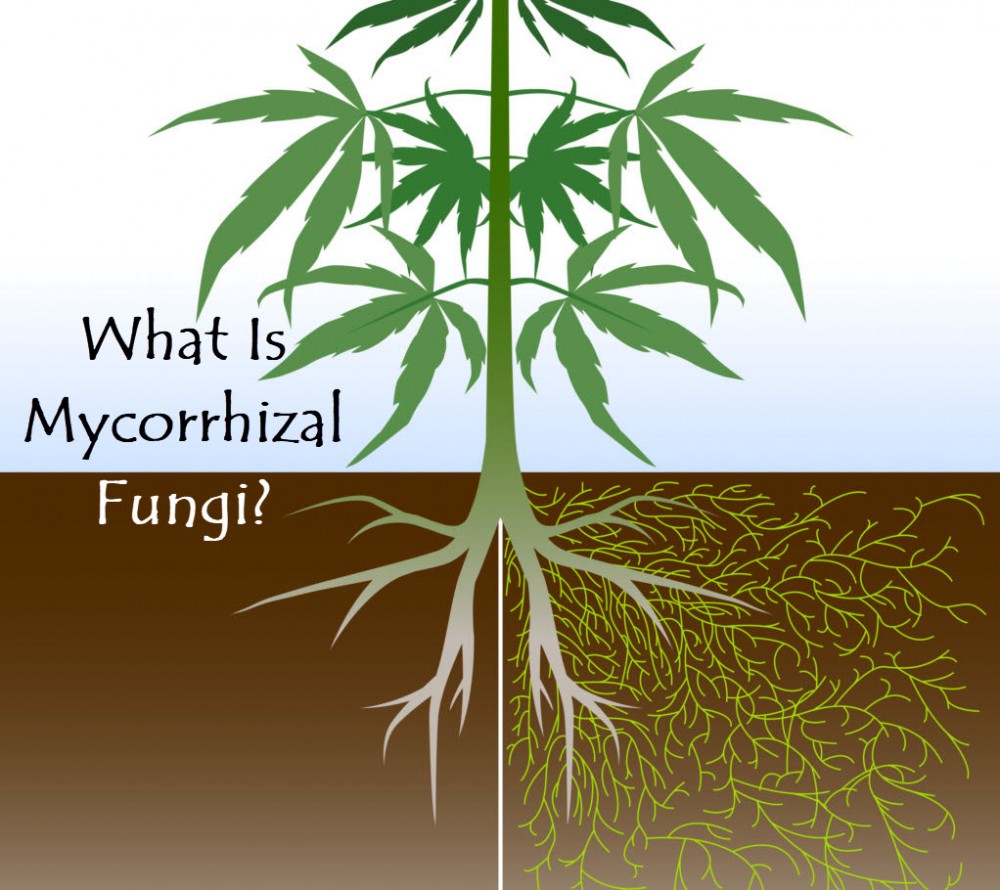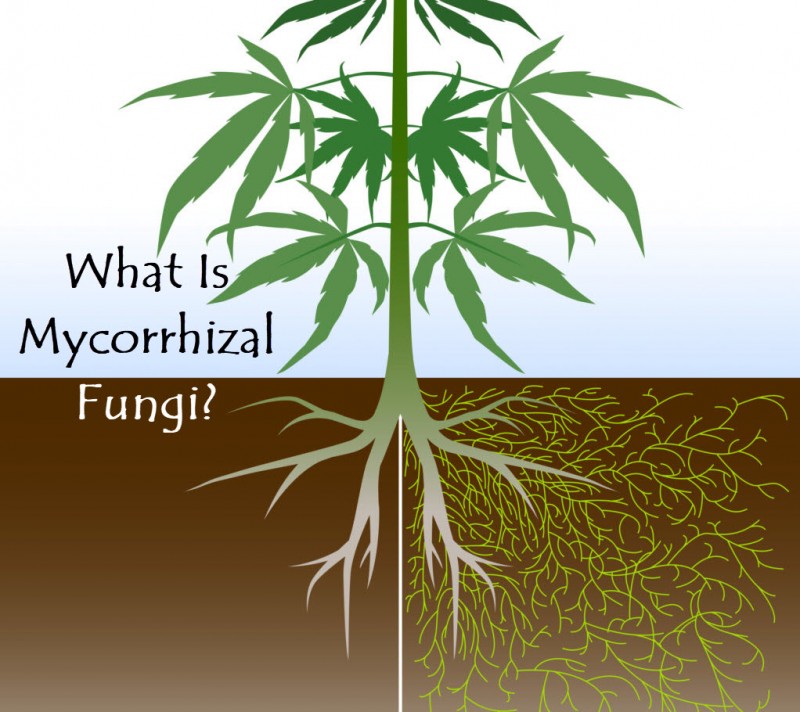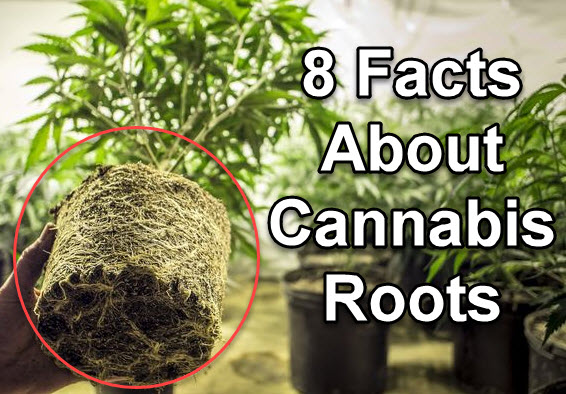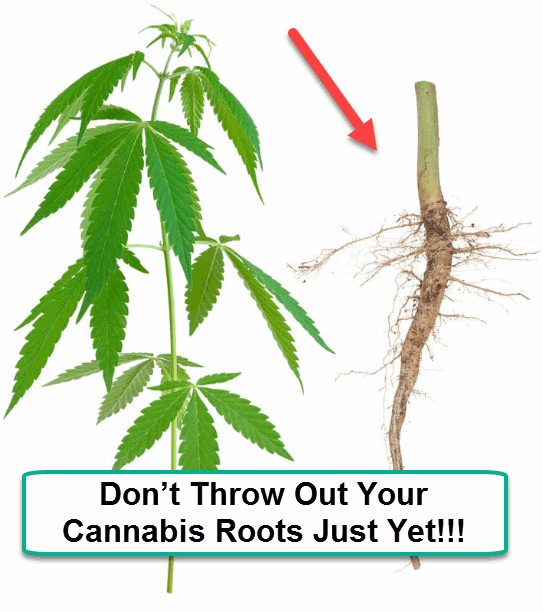Ever heard of Mycorrhizal fungi? The King Midas of cannabis plants.

The art of cannabis cultivation is as wide it gets, there are over a dozen techniques and tricks to get the best out of your plants and experts are still actively working on new and more effective means to guarantee high yields. Unlike most industries, the cannabis industry doesn't joke around. Experts and researchers are always working on ways and means to achieve better results and it's no coincidence that the industry is moving upwards astronomically. And one of the new and most effective methods currently being employed by growers all over is the utilization of mycorrhiza fungi.
A closer look at Mycorrhizal fungi
One of the most intriguing and interesting life forms in existence are fungi. It has been shown by scientific studies that fungi play a very significant role in the continual existence of life on earth and contrary to what you might think fungi aren't plants neither are they animals, they're are a whole new life form that further shows the beauty of nature. They are a crucial link in the pathway to the breakdown of dead organic matter, aiding the release of stored nutrients from these organic matters to be utilized by other organisms thus helping to keep the wheel of life functioning. Fungi can form a mutually beneficial association with plants (algae) very vital organisms in the ecosystem. Fungi also aid the process of nutrients absorption in plants through the formation of hyphae, a factor that growers have learned to utilize extensively. The association of plant roots and a fungus is referred to as mycorrhizae. And this association has been shown to not only provide protection from diseases it also maintains a suitable condition required for optimum growth and most importantly increases the rate of nutrient and water absorption in the plants.
Cannabis and mycorrhizal
You shouldn't be surprised by experts finding a way to incorporate this phenomenon into cannabis cultivation. The numerous benefits offered by mycorrhizal can be enjoyed by canna-growers smart enough to employ it in their operation. Mycorrhizal is a mutually beneficial association between plant roots and a fungus that has been shown to be vital to soil life. Employing this in your cannabis cultivation operation guarantees not just high yield (quantity) but quality yields as well.
Mycorrhizal in cannabis roots
All plants synthesize sugars via the process of photosynthesis, and this produced energy source is moved to specific regions of the plant system, roots included. In cannabis roots, fungi get a steady supply of carbohydrates (sucrose, glucose, and so on), a very crucial factor to their survival and in return, the plants enjoy the unique ability of fungi to aid water and nutrients absorption from the soil. Fungi perform this action via the formation of hyphae, structures that possess much larger surface area than cannabis plant roots and as such are better suited for the absorption of water, minerals, and nutrients from the soil. And although aiding absorption is the main function of these fungi they perform a variety of other functions as well including:
Enhances access to primary building block materials (nitrogen, phosphorus) whose absence can result in low yield, stunted growth, poor quality buds and so on.
Reduces the risk of external threats by helping to increase plant resistance to attacks by soil microbes.
Improves plant resistance to adverse conditions like inadequate water, high salt presence, high metal levels, or conditions of high-stress level.
Implements effective secondary root systems and generally enhances cannabis plants vigor.
How to incorporate this in your grow operation
The process of incorporating fungus to your cannabis plant root is relatively straightforward when you're aware of the right information. To get started, a crucial thing you need to take note of is that you need to make the conditions of the soil as homely as possible, meaning the conditions have to be favorable for fungi growth. And the first step in making this possible is to incorporate a source of food (carbohydrates) into the soil. To easily achieve this you can make use of maple syrup diluted with an adequate amount of water. Following the incorporation of a food source that will attract the fungi, it is paramount that you maintain an optimal level of oxygenation to prevent the growth of unwanted fungus. Rock phosphate is also incorporated into the soil alongside the food source to better aid the formation of mycorrhizal and provide a decent amount of the much-needed element for the plant's use.
Instead of cultivating these fungi via the incorporation of a food source to attract them you can also get them by direct transfer. This process involves the direct transfer of soil already rich in the needed fungi and making use of it for your grow operation. This method is relatively faster and more straightforward but if certain important factors are omitted it can do more harm than good. The things to take note of include:
Make sure the soil to be transferred is free of remnants of pollution and chemicals.
Make use of soil from different areas for the sake of variation.
To get a richer end product, you can combine the different soil types with vermiculture, compost, and coir peat. This mixture should be introduced near the topsoil so virgin cannabis roots can come in contact with the fungus early and get accustomed to their new neighbor to develop the mutually beneficial relationship your heart desires.
It should also be noted that asides the methods listed above you can also achieve the same end goal of forming a mycorrhizae by simply using a mycorrhizae producing substance. There is a wide variety of these products available on the market today and you can easily get the required amounts at pocket-friendly prices.
Bottom line
Employing this technique in your canna grow operation has been shown to be very effective. This technique is a proven method to rejuvenate your grow operation and increase your chances of success.
MARIJUANA PLANT ROOTS, DON'T THROW THEM OUT, READ THESE..
8 FACTS YOU NEED TO KNOW ABOUT YOUR CANNABIS PLANT ROOTS







